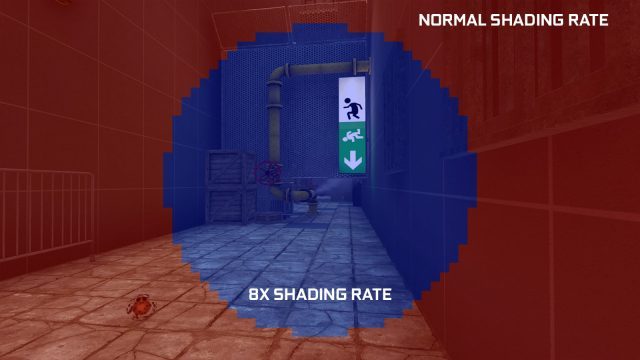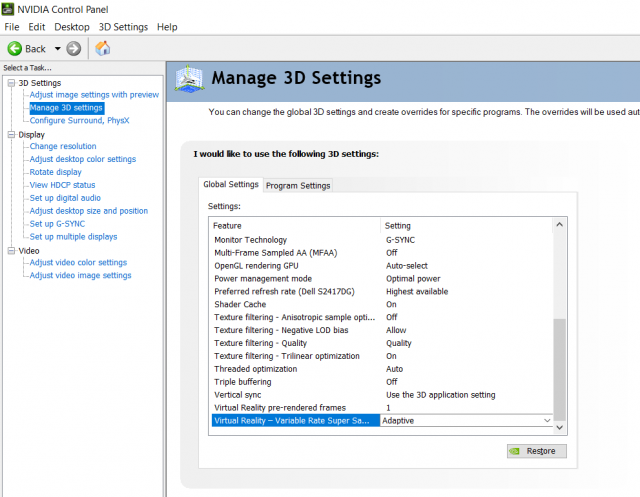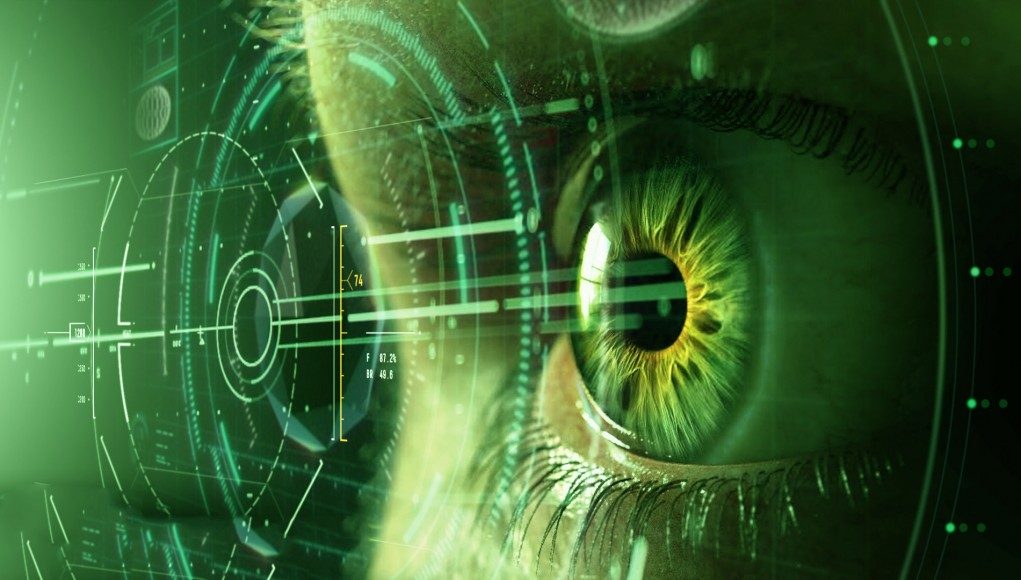Last month NVIDIA introduced a Variable Rate Supersampling (VRSS) feature for its RTX graphics cards. The feature applies supersampling in supported VR games only where it matters most to save GPU resources. A new driver released today adds VRSS support to five new games, including The Walking Dead: Saints & Sinners, bringing the total count to 31 titles.
VRSS is designed as a more efficient way to supersample VR games. Traditional supersampling sharpens the entire frame, but that means that some resources are wasted sharpening parts of the image which will be blurred anyway by the edge of a VR headset’s lens which isn’t as sharp as the center.

VRSS takes advantage of a new feature in Nvidia’s latest RTX GPUs (and other Nvidia cards based on the ‘Turing’ architecture) to apply supersampling only in the center of the image where it will matter most to the user, thereby saving GPU compute power for other tasks. In an Nvidia test, the company claims Boneworks achieved an average of 120 FPS with 4x VRSS compared to 75 FPS with 4x traditional supersampling.
While VRSS doesn’t require any special developer implementation with Nvidia-specific packages, the feature only works with games based on DX11 or those with forward renderers that support MSAA; Nvidia is manually activating support for the feature only on titles it has tested.
Today with the release of Nvidia’s GeForce driver version 442.50, the company whitelisted five additional games to support VRSS, as revealed in the driver documentation:
- VRChat
- Budget Cuts 2: Mission Insolvency
- The Walking Dead: Saints & Sinners
- Doctor Who
- PokerStarsVR
That brings the total count of VRSS-supported games to 31 (you can see the original 26 titles supported here).
In a prior driver release earlier this month, Nvidia added the VRSS option to the ‘Global’ tab in the Nvidia Control Panel, which means users can set the option to activate automatically when playing a supported game instead of manually enabling the option for each game.
 To activate VRSS on supported games, open the Nvidia Control Panel and select ‘Manage 3D Settings’. Under the ‘Global’ tab, find the option ‘Virtual Reality – Variable Rate Super Sampling’ and toggle it to ‘Adaptive’ (the recommended setting, which automatically scales VRSS based on available GPU power).
To activate VRSS on supported games, open the Nvidia Control Panel and select ‘Manage 3D Settings’. Under the ‘Global’ tab, find the option ‘Virtual Reality – Variable Rate Super Sampling’ and toggle it to ‘Adaptive’ (the recommended setting, which automatically scales VRSS based on available GPU power).







